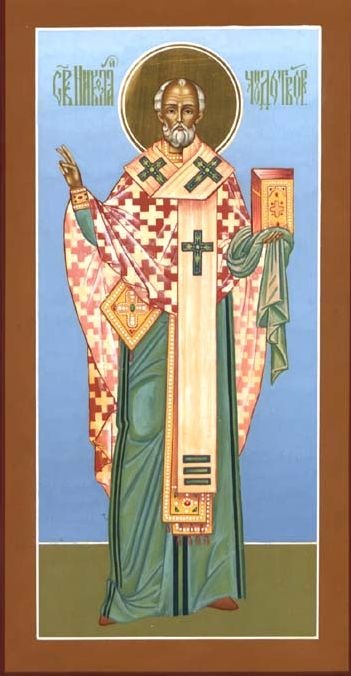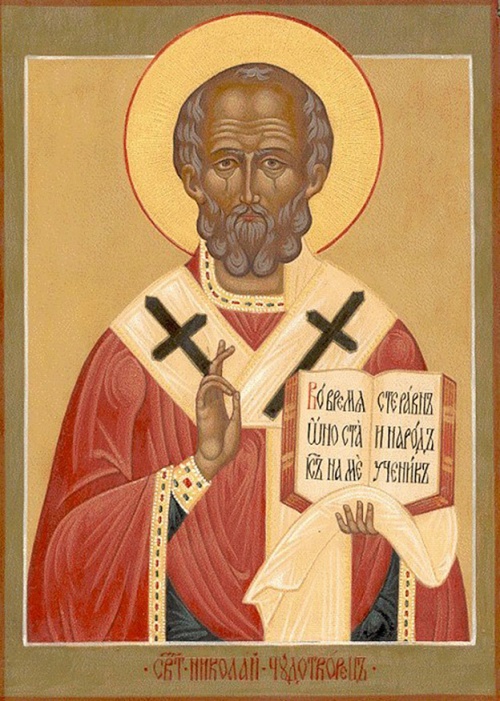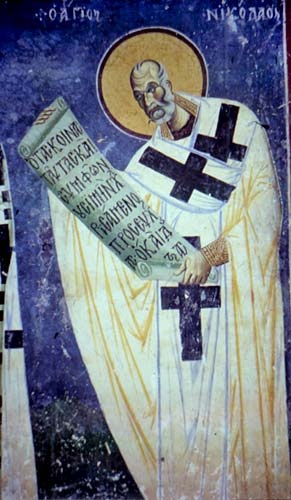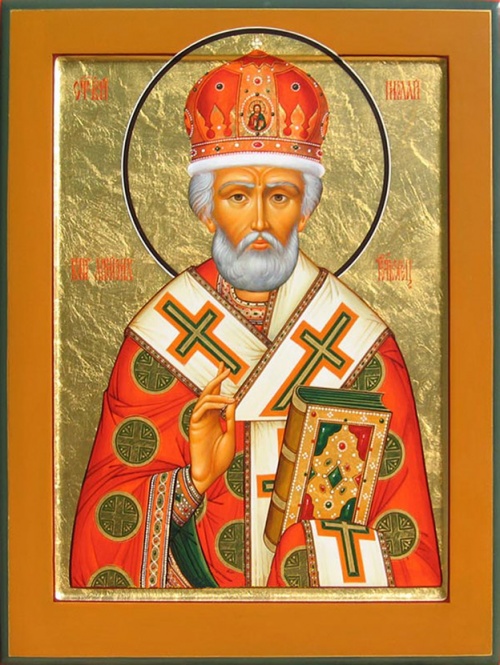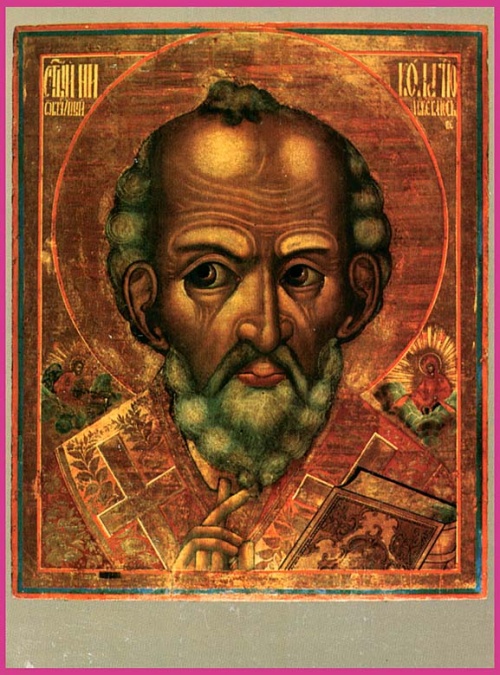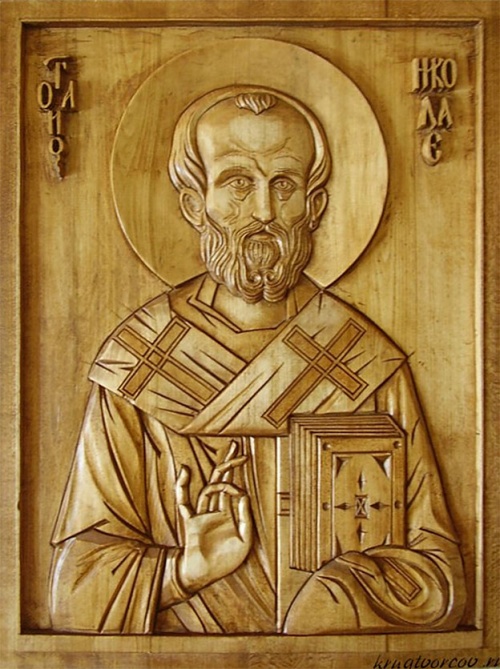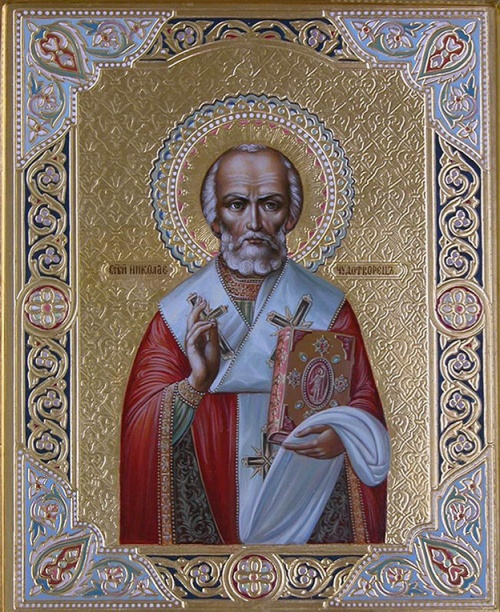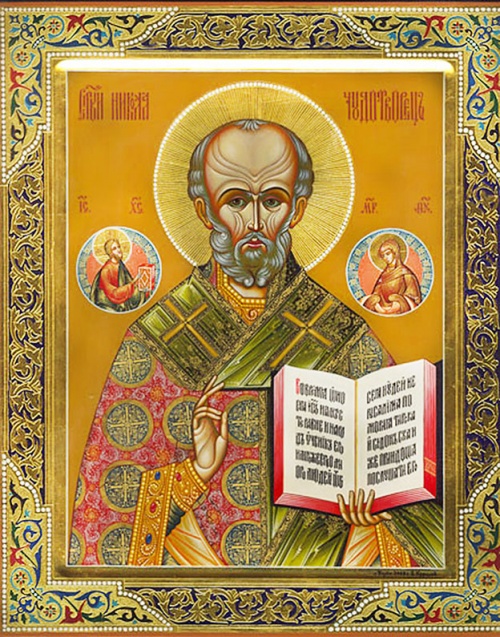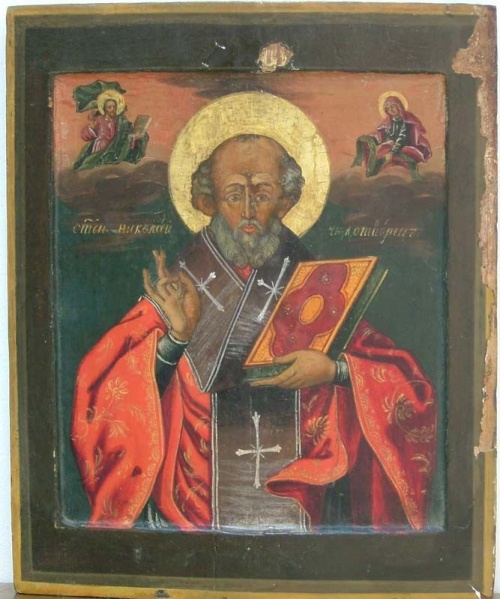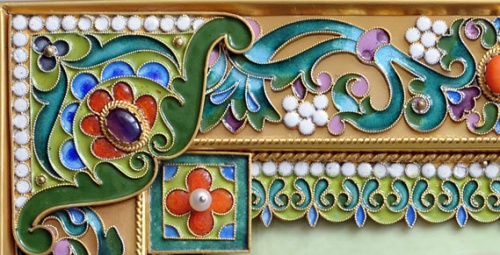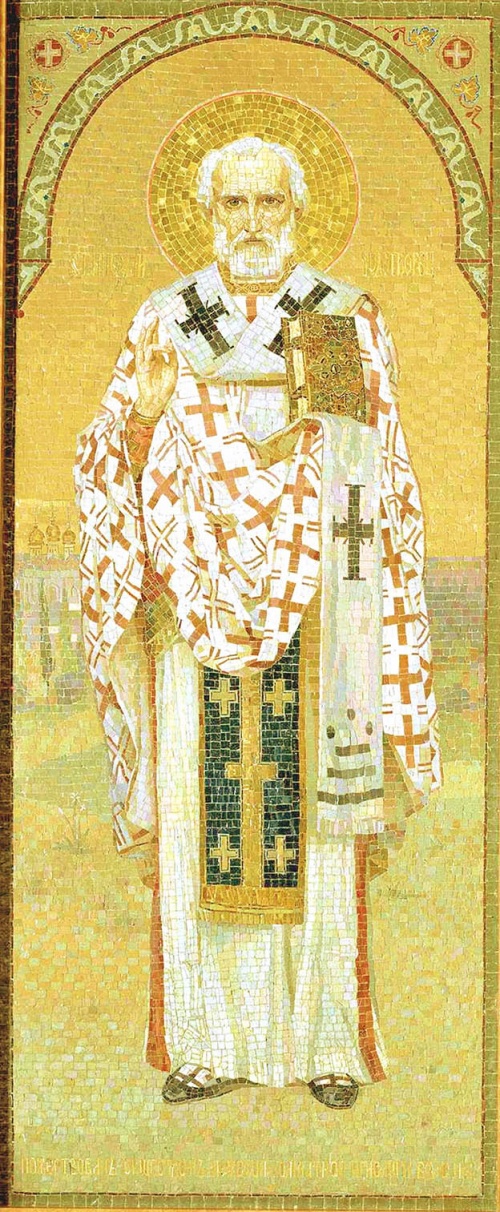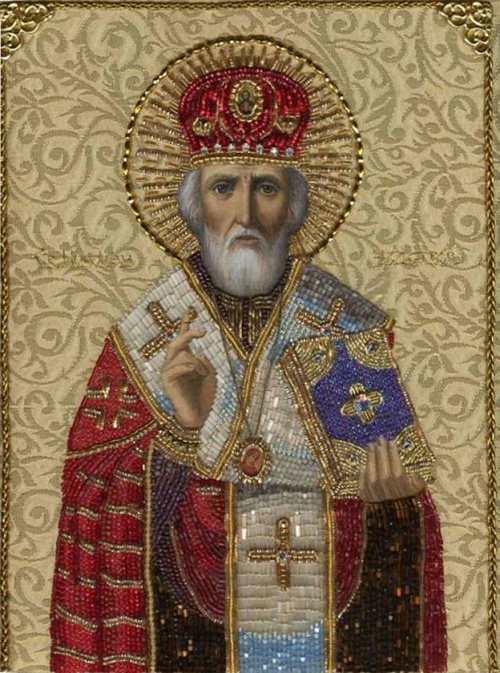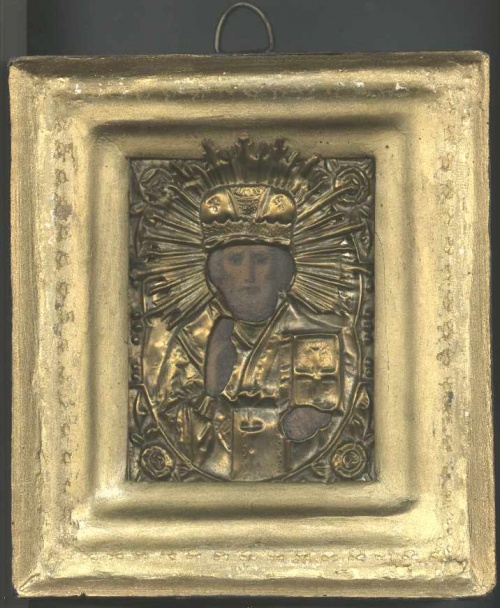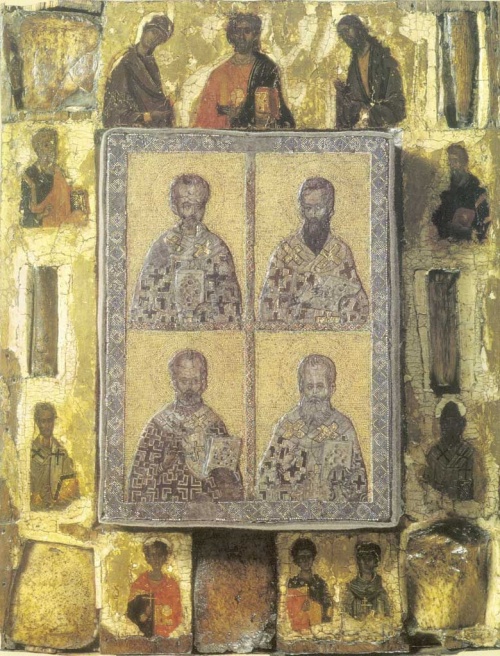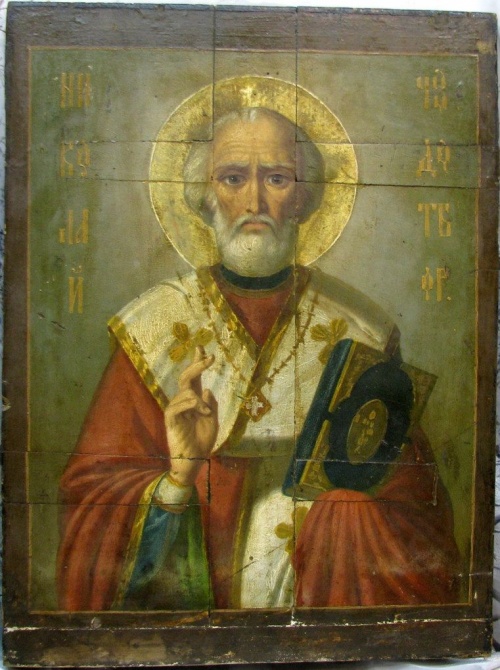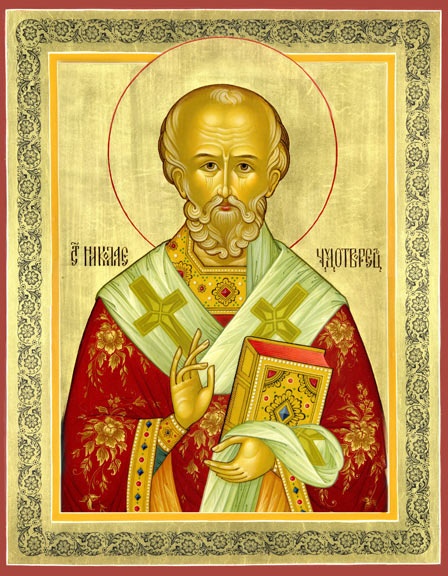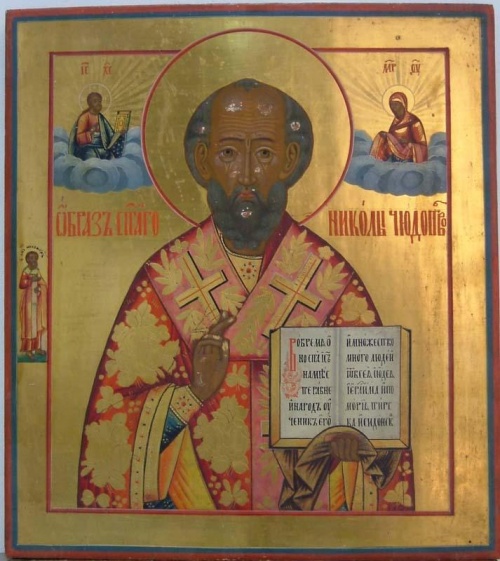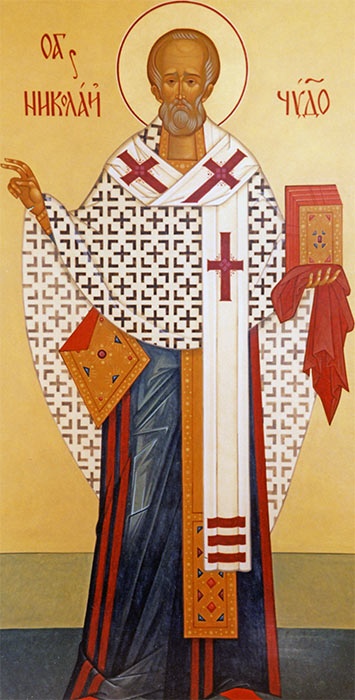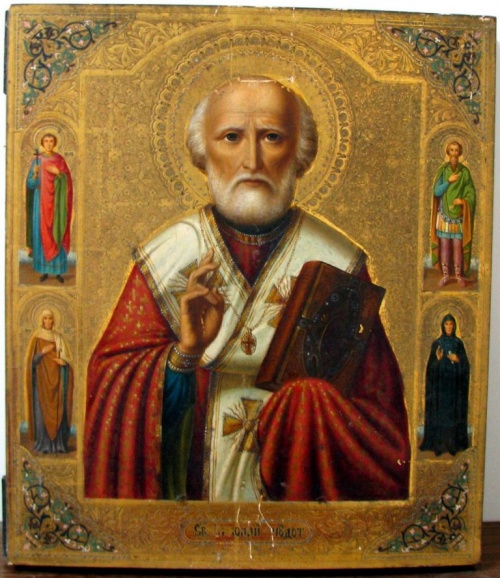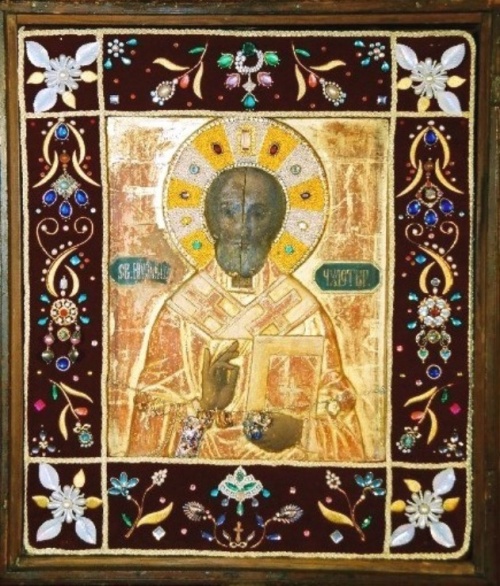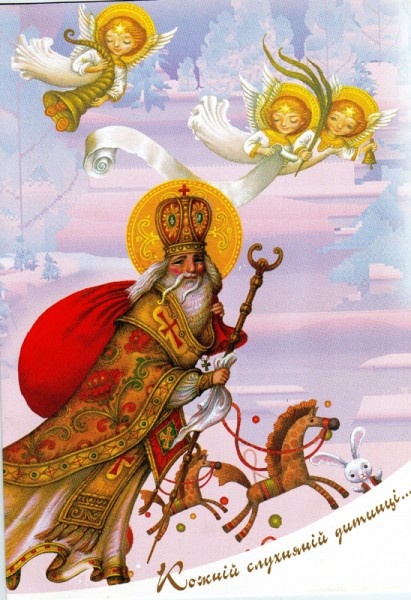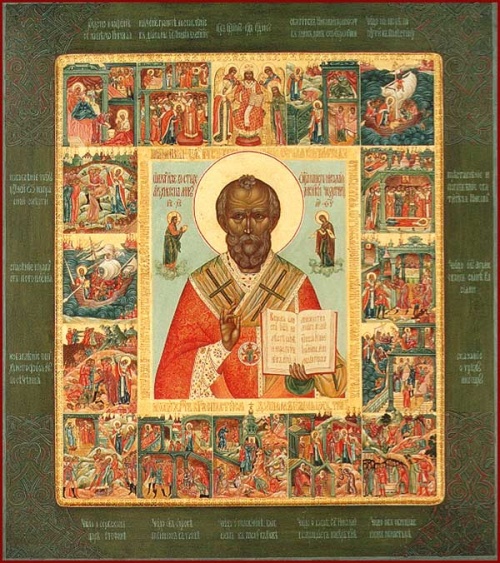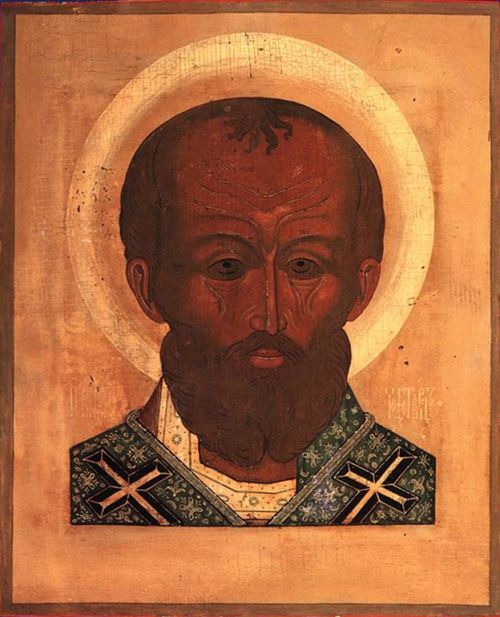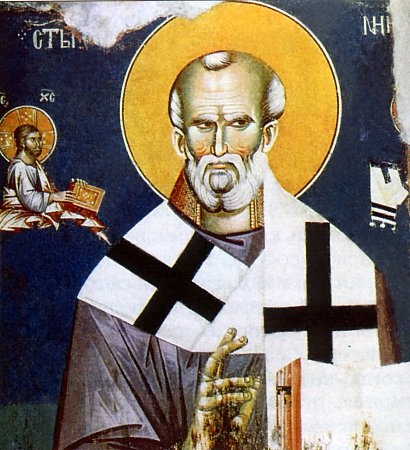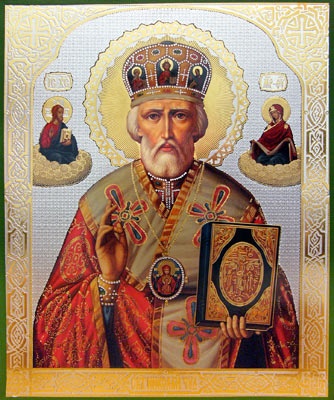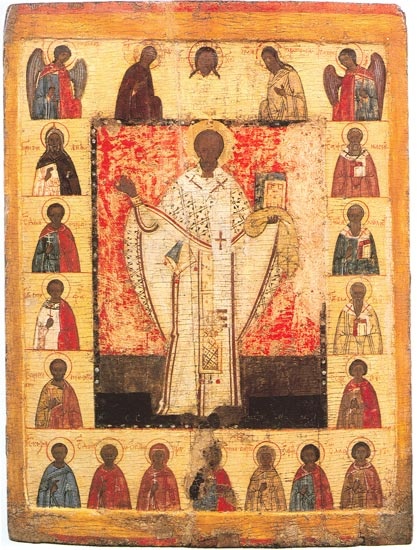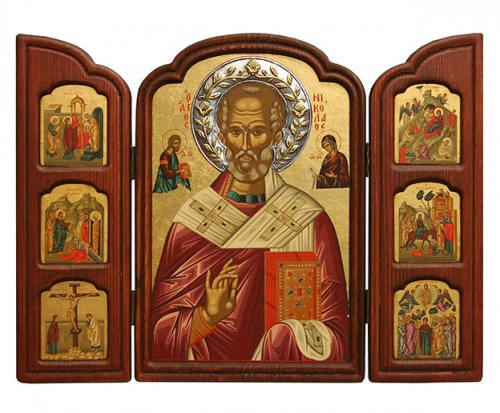Feast of St. Nicholas (391 works)
Разрешение картинок от 300x429px до 1445x2700px
The Feast of St. Nicholas is a Christian folk holiday in memory of St. Nicholas the Wonderworker.
The holiday is dedicated to the day of the repose of Nicholas of Myra, who died according to the pagan calendar on the day of the goddess Diana (about 345). This is one of the revered Christian holidays in Rus'. Celebrated in the Western tradition on December 6, in the Russian Orthodox Church on December 6 according to the old style (in the 20th and 21st centuries - December 19 according to the new style).
On this day during the Nativity Fast, Orthodox Christians relax their fast and allow the consumption of fish. In countries of German culture, children's gifts are dedicated to the feast of St. Nicholas, and not just Christmas, which St. Nicholas supposedly brings and hides in the house.
In the iconography of the saint, the icons of “Winter St. Nicholas” and “Spring St. Nicholas” are sometimes distinguished, corresponding to the days of veneration in the year. At the same time, the “winter” Nikola is depicted in a bishop’s miter, and the “spring” one is depicted with his head uncovered. According to widespread legend, the iconography of “St. Nicholas the Winter” arose during the reign of Nicholas I, who once drew attention to the fact that in the icon his heavenly patron was depicted without a headdress and made a remark to the clergy.
Orthodox gypsies revere Nicholas the Ugodnik as their patron.
St. Nicholas the Wonderworker was popularly called “the second intercessor after God”
As stated in the life of St. Nicholas, he traveled to Jerusalem. Having reached the ancient city, the saint, ascending Golgotha, thanked the Savior and walked around all the holy places, worshiping and praying. There is a legend that while visiting the holy places of Palestine, Saint Nicholas wished one night to pray in the temple, approached the doors that were locked, and the doors themselves opened so that the Chosen One of God could enter the temple. Returning to Lycia, the saint wanted to leave the world for the Zion monastery, but the Lord announced a different path awaiting him: “Nicholas, this is not the field on which you must bear the fruit I expect. Get out of here and go into the world, to people, so that my name may be glorified in you!” Nikolai died, having lived to a ripe old age, in 345, leaving behind a bright memory and great gratitude to everyone whom he managed to help with his good deeds.
Saint Nicholas showed mercy even to a person who had committed a terrible sin, if he deeply and sincerely submitted.
Saint Nicholas is also glorified as a miracle worker: through his prayers, miraculous healings and even resurrections from the dead occurred, storms at sea subsided, and the wind carried the ship to where the saint needed it. The Church also knows of many cases when the prayers of believers to St. turned into miracles. Nicholas and after his death.
Feast of St. Nicholas
The Church canonized Nicholas, and nowadays in many homes they pray to this saint in grief and joy, and children receive gifts every year on St. Nicholas Day.
On the eve of the holiday, parents have been putting gifts in children's shoes displayed at the doorstep or socks hung by the fireplace since time immemorial. It is believed that only obedient children receive gifts, and disobedient ones are given rods or stones. But kids, as a rule, in anticipation of the holiday and, of course, gifts, do not fuss, trying to make Saint Nicholas understand that they are always ready to be good.
In a number of countries around the world, it is customary for Saint Nicholas to come to children with his retinue. He is accompanied by two angels and two devils. The former must inform their patron about good children, while the latter whisper to Nicholas about all the faults of the heroes of the occasion. Good always wins: none of the kids are left without gifts.
